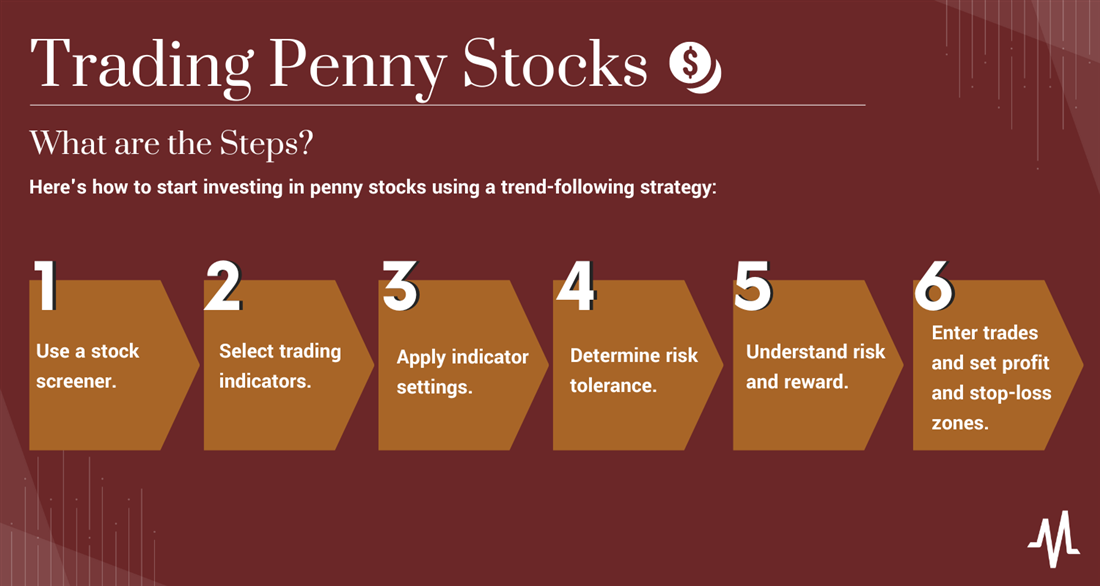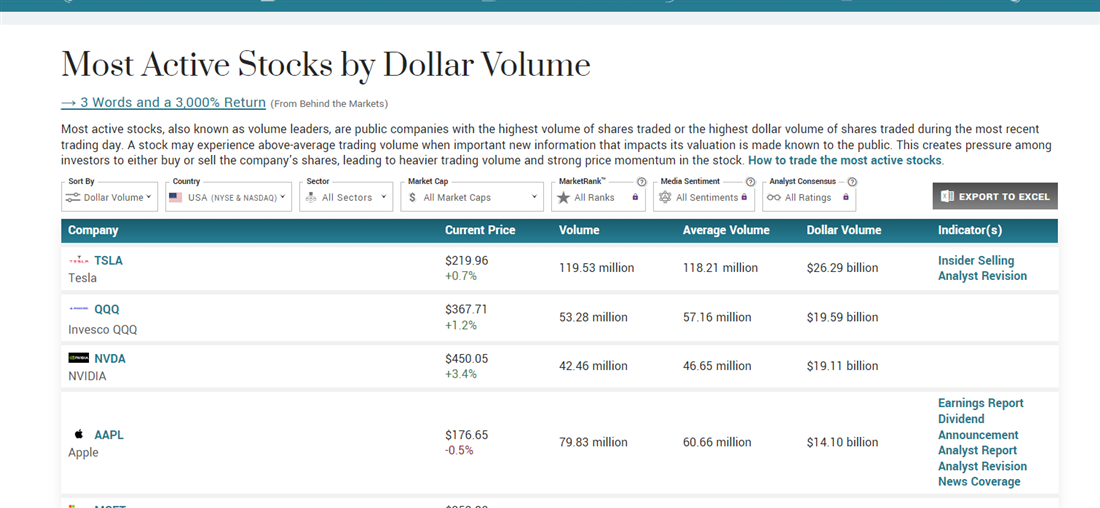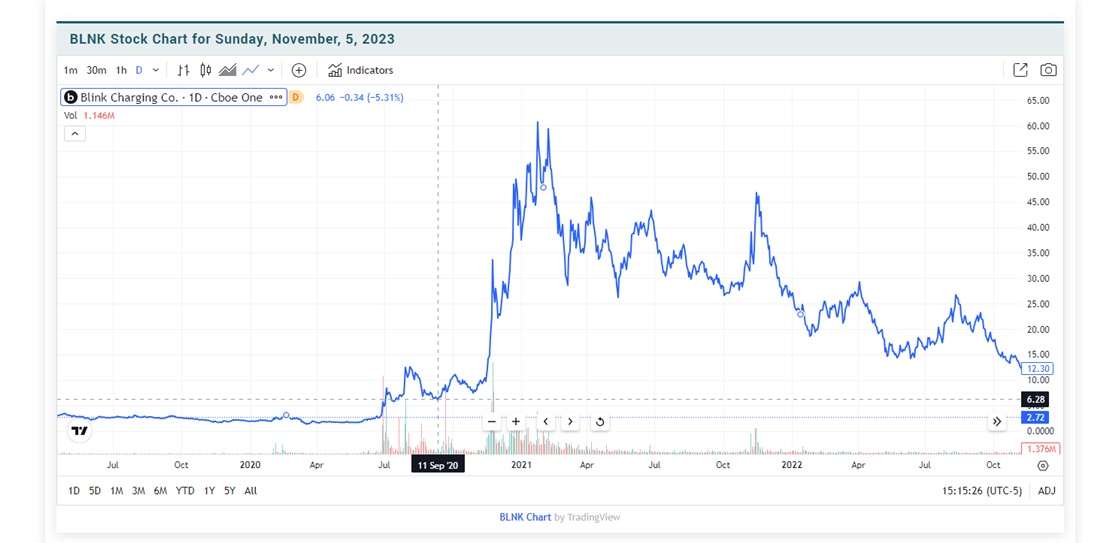As the name suggests, penny stocks are lower-value shares issued by smaller companies. Penny stocks have long been attractive to investors due to their potential to create a larger profit due to higher volatility; these stocks also present a higher level of risk.
If you're an investor considering adding penny stocks to your portfolio, it's important to do your research. This article will cover the basics of what a penny stock is, how you can get started buying and selling penny stocks and some of the risks you should consider before diving in.
Getting started in penny stock trading
Opening a brokerage account is the first step to start trading penny stocks. A stock brokerage account is a third-party platform that allows you to buy and sell shares of stock through a licensed entity called a broker. Each broker offers platform options, which may vary in available tools, layout, the assets you can buy and sell and commissions that must be considered in profit calculations.
You must open a brokerage account before starting if you don't already have a brokerage account. The basic steps you'll go through to select and open an account include the following.
- Define your investment goals: Consider the time until retirement, how often you plan to make buy and sell orders and assets you're interested in before selecting a broker. This will allow you to choose an option best suited for penny stock trading.
- Apply to the brokerage: Most brokers now offer 100% online account applications, and most new users will be approved in a few minutes thanks to automated underwriting.
- Link a funding source: You may need to wait a few days from creating your brokerage account to buy and sell assets.
- Place your first order: Use third-party research tools like MarketBeat's real-time market newsfeed to keep tabs on penny stocks you're interested in adding to your portfolio. Place a buy order through your broker.
- Monitor your investment: If your broker can close the trade according to your instructions, you'll see your shares in your account. Track your investment's value over time, and exit your position as appropriate.
MarketBeat offers a complete guide to selecting the right broker.

Analyzing penny stocks
The research process is an important part of learning how to trade penny stocks. Companies offering penny stocks may enter and exit markets more frequently than blue chip stocks and larger options due to increased regulatory requirements. This makes it especially important to thoroughly analyze and research penny stocks before buying.
If you're taking a long-term strategy with penny stocks, you may want to focus primarily on fundamental analysis. Fundamental analysis is a type of stock research that helps evaluate a company's long-term prospects based on its unique, underlying characteristics.
Start by examining the company's financial statements, including its most recent income statement, balance sheet and cash flow statement. Look for key financial metrics like revenue and net income, paying close attention to trends over time. Companies with consistently increasing revenue or dwindling debt may be better suited to withstand the test of time. If limited data is available due to the company's youth, examine its primary product or service compared to its closest competitors.
Investors taking a more short-term investment strategy will want to focus more on technical analysis. Technical analysis is a trading research method that helps predict short-term price movements based on recent purchase and sales data. Technical analysis cannot usually predict a company's long-term success, meaning that it is most useful for short-term strategies like scalping and day trading.
There are a variety of technical indicators and data points that you may want to consider when evaluating penny stocks for trading, including the following common options:
- Average daily trading volume: A major problem with penny stocks is their less frequent trading. With fewer shares changing hands daily, it can be more difficult to lock in your price targets. Look for penny stocks with higher average daily trading volumes, allowing you to execute trades more accurately.

Image text: Many investors consider average daily trading volume first when considering stocks suitable for short-term trading.
- Moving averages: Moving averages are calculated by averaging a security's past prices over a specific time frame. Traders use moving averages to smooth out price data and identify trends. Common types include the simple moving average and the exponential moving average, which you can use to determine ideal buy-in times.
- Candlestick patterns: Candlestick patterns provide information about price action and market sentiment. Patterns like shooting stars and hammer candles can signal potential trend reversals or continuations, providing insights into the future direction the stock will go.
Risk management and strategy
Many investors are attracted to penny stocks for their low prices and volatility. Unfortunately, these characteristics can create wealth, but they can also cause excessive losses if not properly mitigated. When investing in penny stocks, use these strategies to protect yourself from fast, sudden losses.
- Diversify your portfolio: Diversification involves spreading your investments across various stocks or asset classes. Avoid putting all your capital into a single penny stock, and use these often risky assets to complement a portfolio primarily made up of stable long-term assets. Doing so reduces the impact of poor performance in one stock on your overall portfolio.
- Utilize stop-loss orders: A stop-loss order specifies a price at which you are willing to sell a stock if it drops to that level. This helps you control your downside risk and prevent significant losses, which can occur rapidly and without notice in penny stocks.
- Plan your exit strategy: Before investing, establish clear exit criteria — decide when you will take profits or cut losses, and stick to your plan. Emotion-driven decisions can lead to poor outcomes, which makes it beneficial to have a point of reference to return to.
Reviewing and re-evaluating your penny stocks regularly is another essential step to managing your risk. Avoid the sunk cost fallacy by exiting positions that no longer benefit you or match your investment goals.
How to trade penny stocks
Now that you understand the basics of penny stocks and the risks you take when investing in them, you may want to start researching assets to add to your portfolio. Use these steps to evaluate potential penny stock investments.
Step 1: Set screening criteria.
Setting specific screening criteria is the foundation of your penny stock trading strategy. These criteria are the parameters you'll use to filter potential penny stock investments and allow you to filter out options that don't fit your needs.
Start by defining what characteristics you're looking for in penny stocks. You might consider factors like market capitalization, trading volume, price per share or fundamental metrics such as revenue growth or profitability. Remember that your criteria should align with your overall trading goals and risk tolerance. For example, if you prefer less risky investments, you might set a minimum market capitalization threshold or seek stocks with positive earnings.
Step 2: Set entry criteria.
Once you've screened and identified potential penny stocks aligning with your overall trading strategy, the next step is establishing specific entry criteria. Entry criteria are the conditions that must be met before you initiate a trade. Your entry criteria should reflect your risk tolerance, trading style, and whether you're looking for short-term momentum trades or long-term investments.
Step 3: Monitor your trades.
After you've entered a penny stock trade, active monitoring is essential to track the performance and ensure you're meeting your objectives. Regularly review the stock's price movements, trading volume, and any relevant news or events that could impact your investment. Consider using technical analysis tools and indicators to help you identify potential exit points — and whether to take profits or cut losses.
Step 4: Exit when appropriate.
Knowing when to exit a penny stock investment is as crucial as entering one. Define your exit strategy based on specific criteria rather than emotional reactions. Consider setting profit-taking targets and stop-loss levels so you're prepared, no matter how the market moves.
Penny stock trading example
Let’s look at an example of how to earn money day trading penny stocks. A quintessential example of a penny stock rags-to-riches story, Blink Charging Co. NASDAQ: BLNK saw a sharp price movement in late 2020, with investors seeing the stock compound in price by more than 2,000% over a few months.
 Investors who noticed the market's interest in electric vehicles early and purchased Blink Charging stock before its bull run saw their money compound as the stock's value did. For example, if you invested $10,000 in BLNK on July 1, 2020, you'd receive about 5,555 shares at an average price of $1.80. If you sold those shares on December 21, 2020, about five and a half months later, you'd receive a total of $232,199, selling for an average price of $41.80 per share. This example demonstrates the potential that penny stocks hold — but remember that this example can also work in reverse, causing drastic losses in just a few months.
Investors who noticed the market's interest in electric vehicles early and purchased Blink Charging stock before its bull run saw their money compound as the stock's value did. For example, if you invested $10,000 in BLNK on July 1, 2020, you'd receive about 5,555 shares at an average price of $1.80. If you sold those shares on December 21, 2020, about five and a half months later, you'd receive a total of $232,199, selling for an average price of $41.80 per share. This example demonstrates the potential that penny stocks hold — but remember that this example can also work in reverse, causing drastic losses in just a few months.
As you compare brokerage platforms, there are a few commonly used tools you'll likely want to look for, including the following.
- Low or no commissions: Penny stock traders often take a short-term investment strategy, which means more frequent trades. Look for an account with low or no commissions, which helps you keep more of your profits.
- Candlestick charting tools: Candlestick charting tools visually represent price movements and patterns, helping you make informed trading decisions. Look for a trading platform that offers customizable candlestick charts, various timeframes and technical indicators that can assist you in identifying potential entry and exit points.
- Real-time data and level 2 information: Accurate and up-to-date information is crucial when trading penny stocks, as prices can change rapidly. A reliable trading platform should provide real-time data, including level 2 quotes.
Common mistakes to avoid
As we've mentioned, penny stocks can be riskier investments. Be sure to avoid these common mistakes, which can compound losses.
- A lack of patience: Trading is a long-term endeavor, and patience is often necessary to realize each stock's full potential. Set realistic entry and exit points, and stick to your trading strategy.
- Lack of a trading plan: While it can be tempting to fall into the hype of meme stocks and trending companies, creating a trading plan before you start buying and selling is important.
- Overtrading: Overtrading occurs when an investor makes too many or too frequent trades, greatly cutting their stored profits. Overtrading can lead to increased transaction costs and higher risk — focus on quality over quantity, especially when investigating long-term options.
Investing in penny stocks with risks in mind
The most important thing to remember about investing in penny stocks is that these assets tend to be exceptionally risky. As you begin investigating potential assets to add to your portfolio, you'll likely notice less publicly available information on these companies than larger options. Scams and less-than-legitimate company announcements may also be more common in penny stocks than their larger counterparts.
You can mitigate these risks by investing more conservatively in smaller companies. Use penny stocks as a small percentage of potential among a fully diversified portfolio of stable, long-term options. You might also want to invest in a series of micro-cap ETFs, which can provide exposure to smaller companies with potential while also spreading risk between multiple options.
Before you consider Blink Charging, you'll want to hear this.
MarketBeat keeps track of Wall Street's top-rated and best performing research analysts and the stocks they recommend to their clients on a daily basis. MarketBeat has identified the five stocks that top analysts are quietly whispering to their clients to buy now before the broader market catches on... and Blink Charging wasn't on the list.
While Blink Charging currently has a "Hold" rating among analysts, top-rated analysts believe these five stocks are better buys.
View The Five Stocks Here
Need to stretch out your 401K or Roth IRA plan? Use these time-tested investing strategies to grow the monthly retirement income that your stock portfolio generates.
Get This Free Report